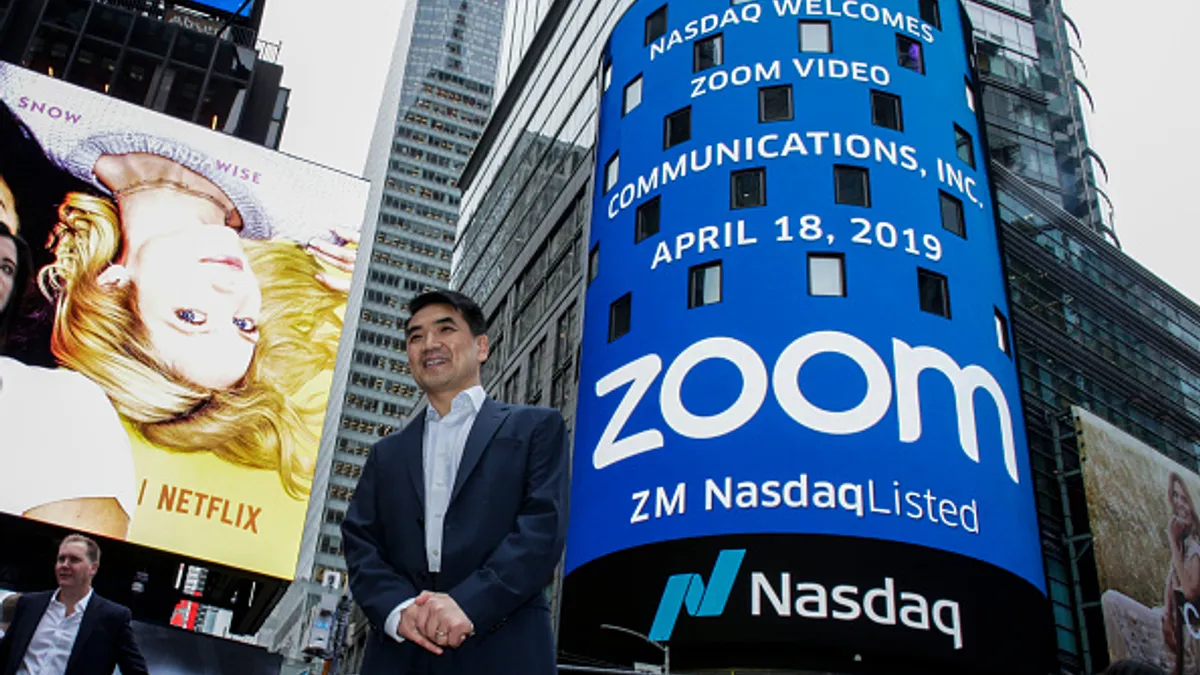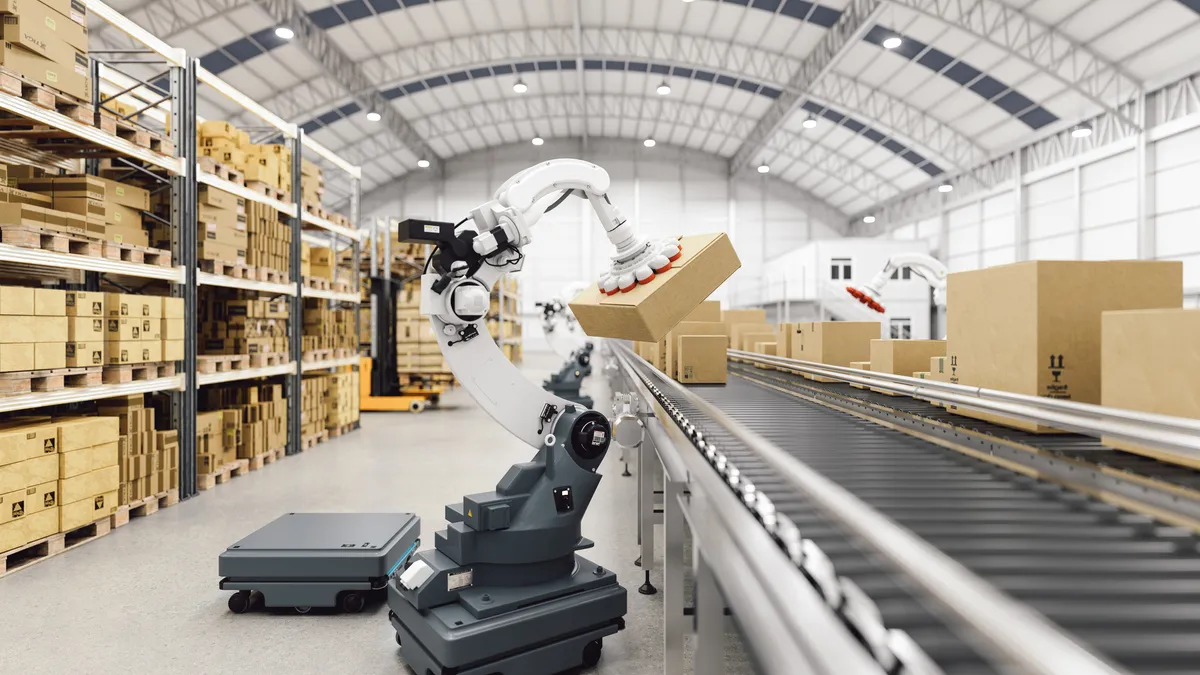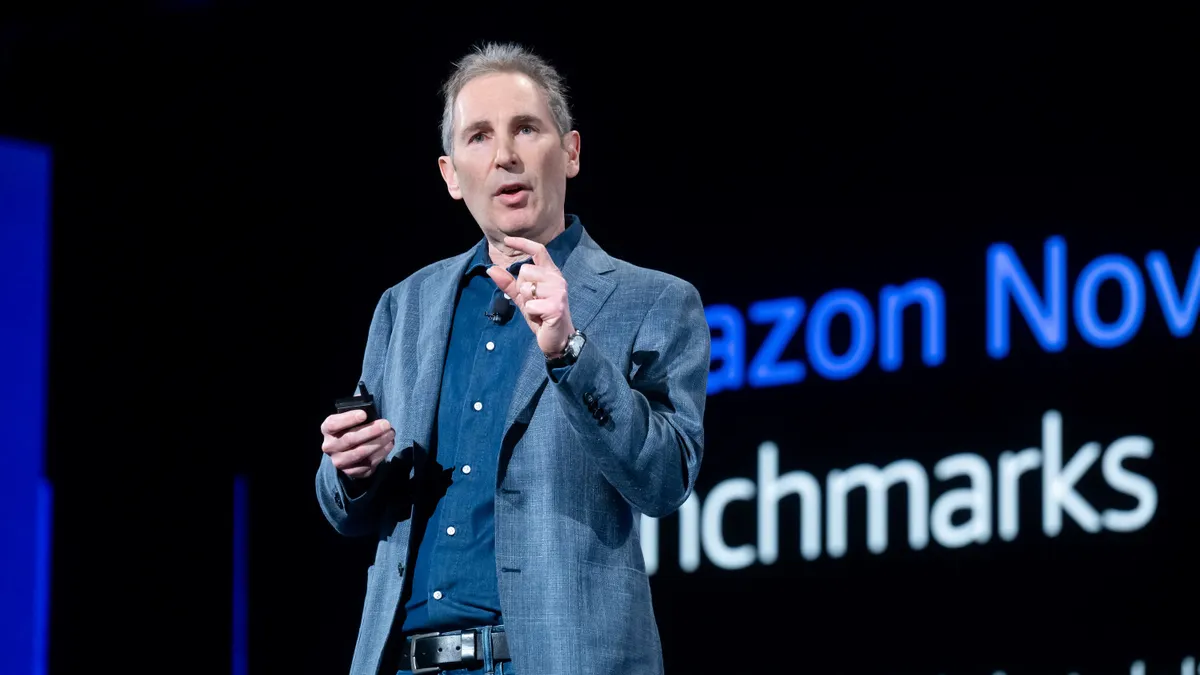Investing in the right technologies and tools can help provide some breathing room for finance leaders today seeking to weather continued economic headwinds, as well as chart a path to future growth.
To be successful, however, CFOs need to ensure they are taking a scalable approach — and that they have an open, trusting relationship with their counterparts in the technology space, said Kathryn Eskandarian, vice president of finance at Visual Lease. Eskandarian most recently served as CFO for the Woodbridge, New Jersey-based lease accounting and management platform, recently moving to her current role, where she is still the most senior finance leader at the firm, after the company’s acquisition by online real estate marketplace Costar Group in November, the company said.
As a finance leader, Eskandarian can provide expertise and insight on costs and can model out the potential impact of new technologies on the businesses’ strategic plan, but “I have to heavily rely on the fact that the IT area has their expertise on the implementation side, and how we're going to manage that system once it's implemented,” she said in an interview.
“There's definitely that piece of [technology decisions], that trust you have to build, because I'm not an IT expert, and they're not a finance expert, but we both have the same end goal, and we want to help the business grow and scale,” she said.
The question of scale
Continued economic volatility stemming from tariffs and interest rates have caused economic optimism among many finance chiefs to plummet in recent months, leading many to consider ways to shave down their budgets — hopefully without compromising future growth. As such, digital transformation remains a high priority for today’s finance chiefs: in a recent study by Grant Thornton, 63% of CFOs said they expect to spend more on IT and digital transformation in the next year.
While technology can help ease some of the current pressures facing many businesses — taking on manual tasks and freeing up time for employees to do more valued work, for example — it’s important for finance chiefs to consider both the long-term and the short-term implications of bringing in any new tool. When considering technology integrations, it’s crucial to make “sure that it's not just the right investment for today,” Eskandarian said. “It's a strategic investment that's going to last with us and grow with us.”
As a finance leader, “I'm thinking, okay, that might solve a problem we have today, but if we added 100 more employees, or 1,000 more clients, would that still be scalable with us?” Eskandarian said of how she approaches technology spend and integration. “Would it still be the right investment?”
That discussion of scalability is top of mind for Visual Lease itself as it navigates its acquisition by Costar; at this point, not all of the tools Visual Lease utilizes have been migrated over to a Costar system, she said. While it’s likely that they will be consolidated under one umbrella over the next few years, it’s still important for the Visual Lease team to take a look at what they are using, if it’s still necessary, and if it’s scalable, Eskandarian said.
If there is a plan to renew a certain tool, Eskandarian will connect with the IT department to determine the plan for integration into Costar, “and then from that point, we decide how long we're going to renew it for, or whether we even need it going forward, because there are a ton of tools on the Costar side,” she said. “They have really, really elaborate tools that may be better than the ones that we're using.”
Eskandarian joined Visual Lease nearly eight years ago, serving in a variety of roles including as director of finance and accounting and senior vice president of finance and accounting, before taking on the role of CFO in June 2023, according to her LinkedIn profile.
When she first joined the lease accounting platform, it was outsourcing functions such as finance, human resources and IT, which were then brought in-house and consolidated under her remit as CFO, she said. Following Visual Lease’s $272.5 million acquisition by Costar Group, finance, tech and HR each moved into their respective functions at the larger company, she said, with Eskandarian now reporting to the chief accounting officer.
As Visual Lease charted a path to growth, sometimes technologies were brought in that were not scalable, with the business then having to consolidate those tools. As the lease accounting platform shifted its focus to profitability over the past three years or so, leadership has focused on ensuring the business is not spending on duplicative systems and is making the right long-term investments, she said.
It’s important for finance and technology to be in lockstep when it comes to these types of decisions, therefore, because they impact not just the two functions of IT and finance, but are felt throughout the entirety of the business.
“Sometimes we might not agree with an investment, but we have to do what's best for the entire organization,” Eskandarian said of the relationship between finance and technology leadership.
Getting it right
Eying the long-term impact of technology is especially critical as the cost of integrating a new tool can oftentimes be prohibitive — high implementation costs is the top challenge to digital transformation, according to Grant Thornton’s survey. CFOs are also swiftly becoming overwhelmed with potential choices in technology vendors; with the AI boom, there’s been proliferation of such vendors saturating the “office of the CFO” space, for example, CFO Dive previously reported.
To navigate an increasingly crowded environment, finance chiefs need to think both in terms of scale, and in terms of what bringing in new tools will mean for their systems, product offerings and customer relationships.
“Implementing tech should be a phased approach,” Eskandarian said. “It shouldn't just be, ‘hey, we're just going to throw it out there into the business and not think about disruption, and not think about risk mitigation, and not really think about the impact on our customers as well.’”
That’s the strategy the company has been taking with artificial intelligence: while the technology is under a spotlight right now, the aim is to ensure it’s incorporated into the businesses’ products in a way that is scalable and is the right market fit for its customers, she said.
“It's not about being first in the market, it's about getting it right,” she said of the company’s AI strategy.




















